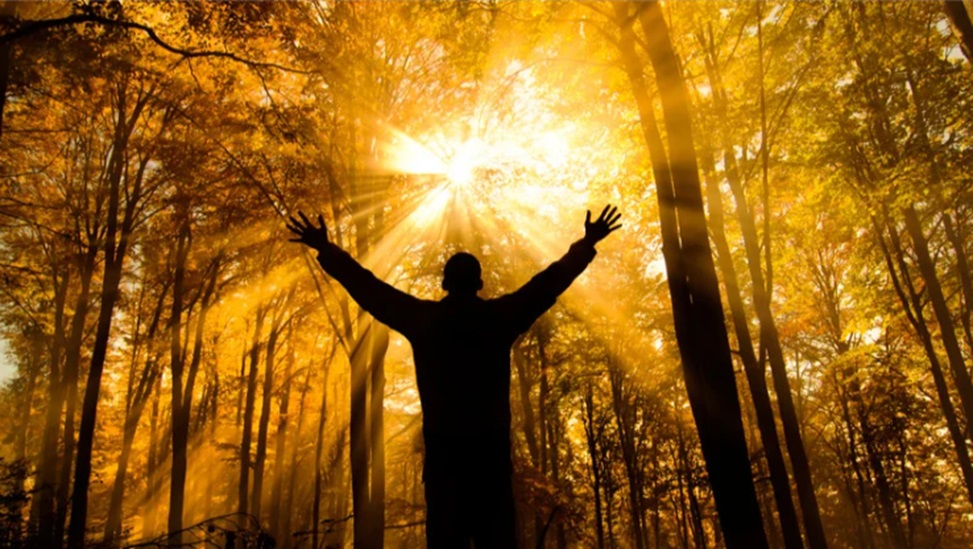
How Ayahuasca Retreats Facilitate Deep Spiritual Growth
Ayahuasca, a sacred plant medicine traditionally used by indigenous tribes in the Amazon, has gained global recognition for its profound ability to heal the mind, body, and soul. Many people now seek spiritual growth by attending an ayahuasca retreat, a dedicated space where participants engage with the plant under the guidance of experienced shamans. At these retreats, individuals embark on an intense inner journey, often leading to transformative insights and deep emotional healing. Ayahuasca retreat settings allow for a unique, life-altering experience that fosters spiritual development in several key ways.
The Role of Ayahuasca in Spiritual Awakening
Ayahuasca’s active compounds, particularly DMT, are known to induce altered states of consciousness, helping participants explore their inner selves at a profound level. During an ayahuasca ceremony, participants often report visions, memories, and emotions resurfacing, enabling them to confront unresolved traumas. These intense psychological experiences, paired with the ceremonial setting, provide a unique opportunity for personal reflection and spiritual awakening.
Furthermore, the retreat environment plays a significant role in ensuring that participants feel supported throughout the process. The natural surroundings, isolation from modern distractions, and the presence of skilled facilitators create an atmosphere conducive to deep introspection and emotional release. The integration of these experiences helps individuals cultivate a deeper connection to themselves and the world around them.
Healing Through Emotional and Physical Purging
A significant part of the spiritual growth experienced at ayahuasca retreats comes from the physical and emotional cleansing that occurs. During the ceremony, many individuals undergo what is referred to as purging, which can manifest as vomiting, crying, or intense emotional outbursts. This purging process is believed to be a form of release, allowing negative energies and traumas to be expelled from the body and spirit.
This detoxification process often leaves participants feeling lighter, more balanced, and more connected to their authentic selves. It’s this sense of renewal that makes ayahuasca retreats particularly appealing for those seeking spiritual growth and healing from emotional wounds. Participants often leave the retreat with a renewed sense of purpose and clarity regarding their life’s direction.
Facilitating Long-Term Spiritual Integration
Spiritual growth doesn’t end when the ayahuasca ceremony concludes. An essential component of any ayahuasca retreat is the post-ceremony integration process. This involves reflecting on the insights gained during the ceremony and applying them to one’s daily life. Integration practices can include meditation, journaling, or engaging in meaningful conversations with fellow retreat participants.
Additionally, attending an ayahuasca retreat often sparks an interest in broader spiritual practices. Many retreat participants continue to explore mindfulness, yoga, or other holistic methods as part of their ongoing spiritual journey. This long-term integration helps solidify the profound changes initiated during the retreat, making the experience a foundational step in one’s spiritual growth.
For those interested in learning more about how plant medicine plays a role in healing and spiritual development, you can explore similar experiences shared by those attending wellness-focused retreats.
Conclusion
Ayahuasca retreats offer a unique environment that fosters deep spiritual growth through the use of ancient plant medicine, emotional and physical cleansing, and the integration of profound insights. Participants often walk away from these retreats with a heightened sense of self-awareness, inner peace, and a deepened connection to their spirituality. This transformative experience is not merely about the journey itself, but also about how it changes the trajectory of one’s spiritual path moving forward.


